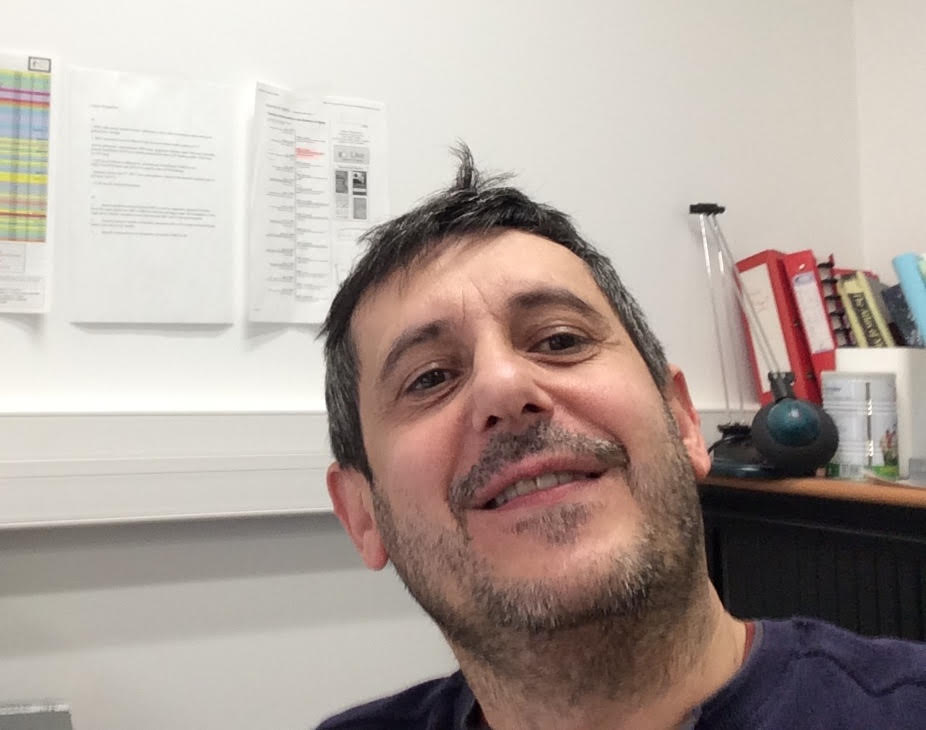INNOVATIVE SENOTHERAPIES IN REGENERATIVE MEDICINE
Jean-Marc BRONDELLO

Leader
Contact information:
Tel : +33 (0)4 67 33 57 19
Email : jean-marc.brondello@inserm.fr
http://cvscience.aviesan.fr/cv/2567/jean-marc-brondello
The group members:
BRONDELLO Jean-Marc (CRHC/INSERM)
FERREIRA-LOPEZ Rosanna (MD)
VERET Damien (PhD, student)
FISSOU Christina (PhD, student)
VILLAVERDE Marina (PhD, student)
MAROUN Georges (PhD, student)
Keywords
Osteoarthritis
Senescence
Stem cell
Seno-suppression
Regenerative therapies
Know how
In vitro 2D and 3 D senescence models
In vivo bioluminescent
Murine models for studying senescence-driven osteo-articular diseases
Innovative regenerative therapies
In Vitro 2D and 3D senecence models
Osteoarticular diseases including Osteoarthritis (OA) are the most common chronic degenerative pathologies having pejorative consequences on quality of life in elderly and has a huge impact on the public health costs. OA pathology is characterized by progressive cartilage alteration, osteophyte formation, sub-chondral bone sclerosis, and synovial inflammation. To date, no validated curative medical treatments are available for OA patients. New “symptomatic slow-acting drugs” such as glucosamine are used but they still lack evidence for efficiency on long-term structural articular remodeling. Therefore, OA still shows a huge unmet need while symptomatic painkiller treatments remain alternatives before prosthetic surgical joint replacement. To develop innovative treatments, we should decipher how OA-driven events could affect joint homeostasis. Remarkably recent works published by us and others have given new insights on the cellular mechanisms namely cellular senescence that could explain phenotypes accounting for OA development.
Accordingly, we found with others senescent cells expressing p16INK4a and p21cdkn1a in cartilage, synovial and fat pad tissues from OA mice and OA Elderly patients. However, during the course of the disease, it still remains to decipher which, when and how articular joint cell-types are becoming senescent in order to propose innovative specific senotherapies for cartilage regeneration. Using in vivo transgenic murine models for senescence detection and depletion altogether with in vitro 2D and 3D senescent conditions on osteoarticular cells, our group aims at:
- identifying senescent articular joint cells that drive tissue degeneration
- developing strategies to eliminate such cells in vitro and in vivo
- restoring joint functions in elderly to delay prosthetic surgery

